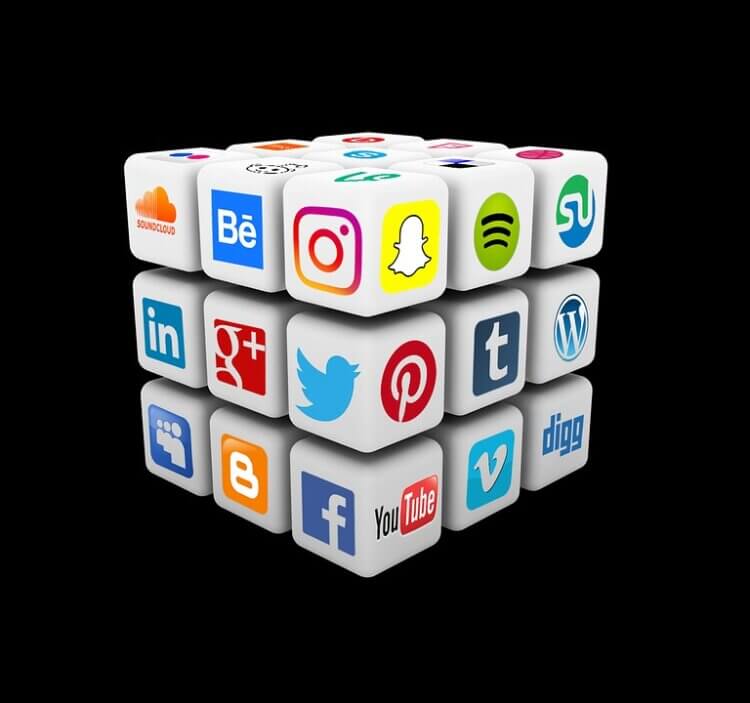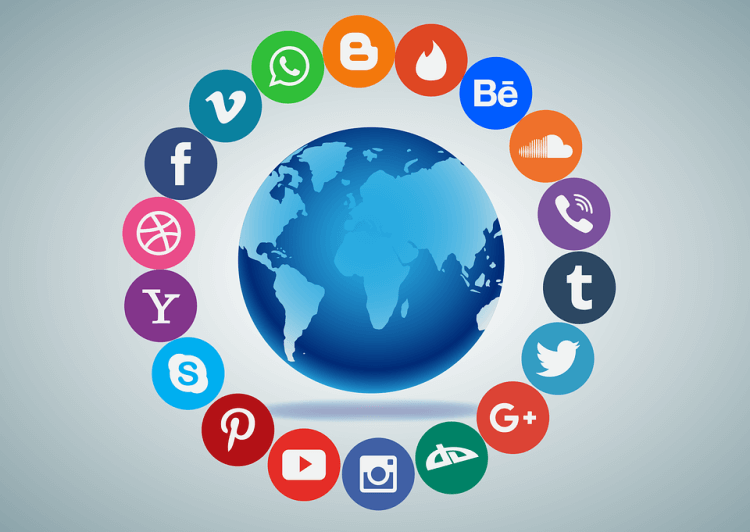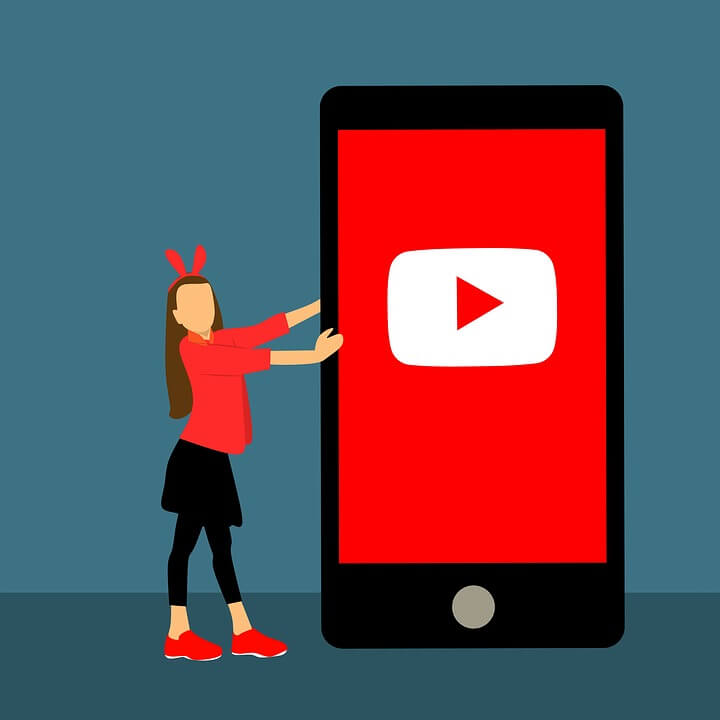What often happens in the real world transcends the sports world. This is also true regarding social media. With today’s technology advances, it is essential for sports coaches to utilize social media platforms in teaching their athletes.

Mullin, Hardy, and Sutton (2014) noted that Facebook, Twitter, Google+, Instagram, Foursquare, Tumblr, and Pinterest are the most popular social media platforms. Additional popular social media platforms include Snapchat, YouTube, WhatsApp, and LinkedIn. Social media enables us to watch and share videos and photos, read and write blogs, post on social networking sites, and have online conversations (Newman, Peck, Harris, & Willhide, 2013). In today’s world, new media is defined as digital & social media. Social media encompasses all of the interactions between people online and all the ways they participate in and share information, knowledge, and opinions while using web-based applications to communicate (Newman, Peck, Harris, & Willhide, 2013). In regard to sport, Coakley (2017) noted four characteristics of new media or digital and social media:
- Extend and radically change (potentially) our connections with the world.
- Are not limited to sequential programming.
- Enable each of us to be the “editors” of our media experiences if we wish.
- Give us the potential to create our own sports realities and experiences as spectators and virtual athletes.

Who is Using Social Media?
Studies regarding adults and young adults indicate large percentages of social media use, and this is now trickling down to high school students. Some 88% of 18- to 29-year-olds indicate that they use some form of social media (Smith & Anderson, 2018). In addition, Smith and Anderson (2018) revealed that younger Americans (especially those ages 18 to 24) stand out for embracing a variety of platforms and using them frequently. Martinson, Schneider, and McCullough (2015) stated that Facebook and Twitter are the most popular social media networks and thus, the best ways to connect with others. “Some 78% of 18- to 24-year-olds use Snapchat and a sizeable majority of these users (71%) visit the platform multiple times per day. Similarly, 71% of Americans in this age group now use Instagram, and close to half (45%) are Twitter users” (Smith & Anderson, 2018, p. 2).
Social media platforms have become Generation Z’s preferred way of communication. Hicks (2018) noted that Generation Z refers to individuals born between 1995 and 2004 (depending upon researcher) and is often considered the most wired generation in history. This group of young people was born with social media, and they do not know or understand life without social media. Simply stated, today’s youth learned social media from the outset, and they are encountering its’ use around their family, friends, and their people that they engage with daily, including coaches.

Ways to Incorporate Social Media with Sports Teams
There are several ways that sports coaches can incorporate social media with their team. However, each coach will have to make a decision on which social media platforms they believe will be most beneficial. A breakdown of how a coach can implement the different types of social media platforms is provided below.
Facebook: Coaches can create groups for their team via Facebook. Permission links can be sent by coaches to join the groups. Relevant information and team updates can be shared for the entire team to view and follow updates. This may include pertinent information that coaches want players to have ongoing access to. In addition, Facebook groups exist for many sports groups. By joining Facebook groups, members will be able to post as well as see other members’ posts. In sum, Facebook is an excellent way to communicate current team updates, highlights, and upcoming games to the team’s fan base.

Twitter: Coaches can pull relevant and current information from sports or their specific sport to use as enhanced teaching and training components via Twitter. This could include outstanding effort plays and examples of good sportsmanship. Coaches can also retweet information that they may find helpful to team members or create their own personal tweets. Lastly, coaches can create a personal team hashtag. For example for the Oak Grove Baseball team, the hashtag could be #OGBSE. Oak Grove Baseball could then tweet relevant information with a short message, using the hashtag. As the Oak Grove Baseball Team’s players follow the coach’s account, they will get messages and can access those tweets with the hashtag #OGBSE. This is an excellent way to make learning constant and continuous using Twitter.
YouTube: YouTube can be used to show sport-specific activities training sessions. Before a specific sport concept is introduced, the coach can utilize short YouTube videos to show the team-specific sport techniques. This resonates with youth as they continuously use YouTube in their personal life. Additionally, youth can hear pertinent information from a non-coaching member. Then the coaching staff can physically be incorporating the concepts in practice and add specific coaching tidbits. In addition, practice drills or segments can be recorded and uploaded to YouTube for team players to view and evaluate their performance.

Pinterest: Pinterest is a digital pinboard that may be used for social photo sharing. Coaches can use Pinterest to pull relevant information to their sports team and label as “pins.” These pins are like geographical bookmarks. This allows coaches to create and manage theme-based “boards”, where similar photos and links can be pasted and shared across their Pinterest network. Coaches can share this information to boards for future referrals and viewings by team members. All team members can search-related information in the Pinterest search bar.
Conclusion
The benefits of implementing social media with your team are three-fold. First, social media can be an asset in collaborative learning. Coaches can use social media to share educational content, either informally or in a formal sport setting. Second, social media can be used to expand creativity. Third, social media can be utilized to increase mental health and well-being. While coaches will need to prepare and educate team members about how to use social media responsibly, it is crucial for sports coaches to embrace social media as an educational component in their specific sport, while simultaneously increasing communication between the coach and players.
References
Coakley, J. (2017). Sports in society: Issues and controversies. (12th Edition). McGraw-Hill Education.
Hicks, J. (2018). Why do today’s youth seem so different? Psychology Today. Retrieved from https://www.psychologytoday.com/us/blog/raising-parents/201805/why-do-todays-youth-seem-so-different
Martinson, D., Schneider, R., McCullough, B. (2015). An analysis of the factors and marketing techniques affecting attendance at NCAA Division I women’s basketball games. The Journal of Sport, 4, (2), Retrieved from https: //digitalcommons.kent.edu/sport/vol4/iss2/5/
Mullin, B., Hardy, S. & Sutton, W. (2014). Sport marketing. (4th Edition). Human Kinetics.
Newman, T., Peck, J., Harris, C., & Willhide, B. (2013). Social media in sport marketing. Holcomb Hathaway Publishers.
Smith, A., & Anderson, M. (2018). Social media use in 2018. Pew Research Center. Retrieved from https: //www.pewinternet.org/2018/03/01/social-media-use-in-2018/
